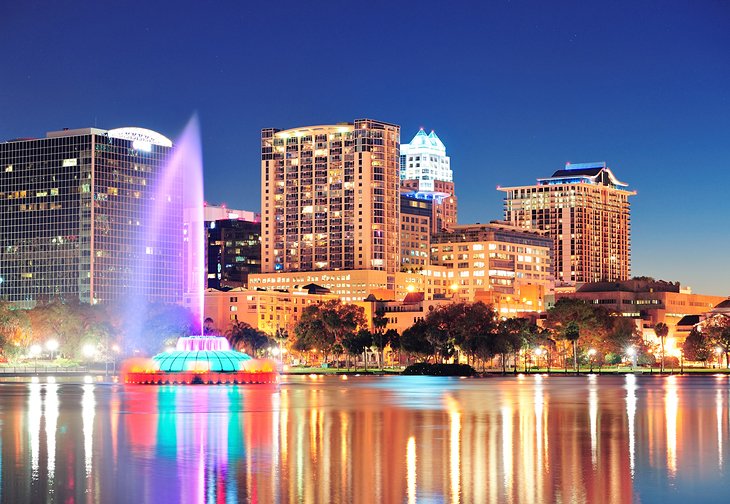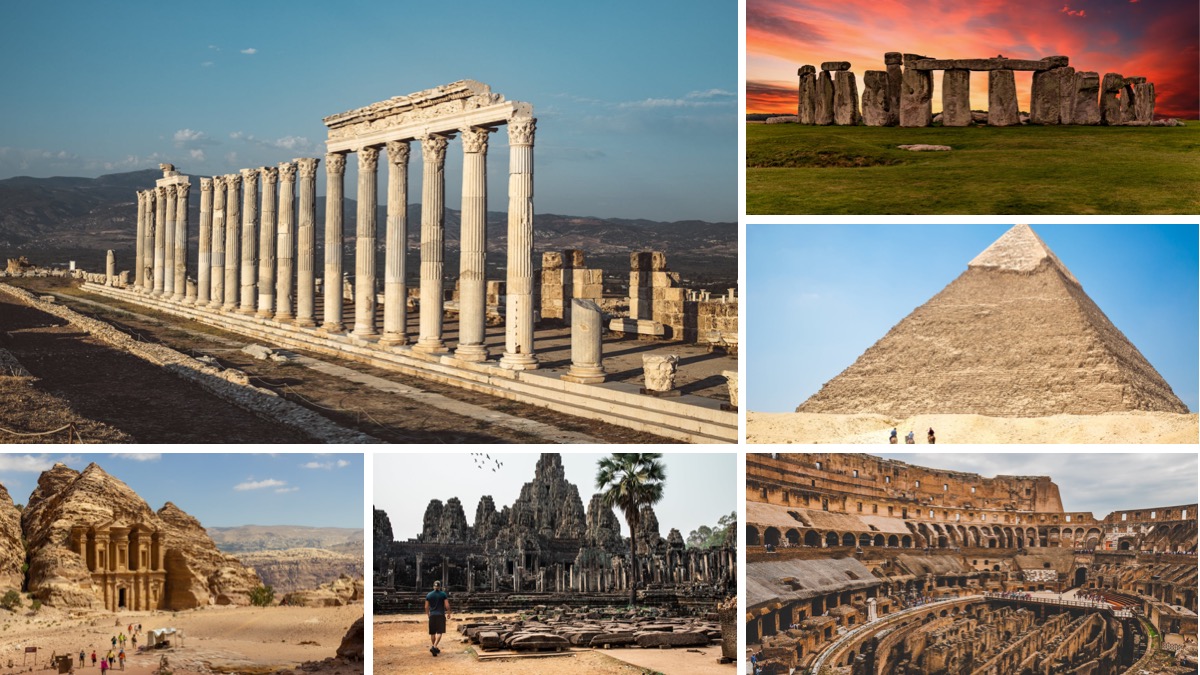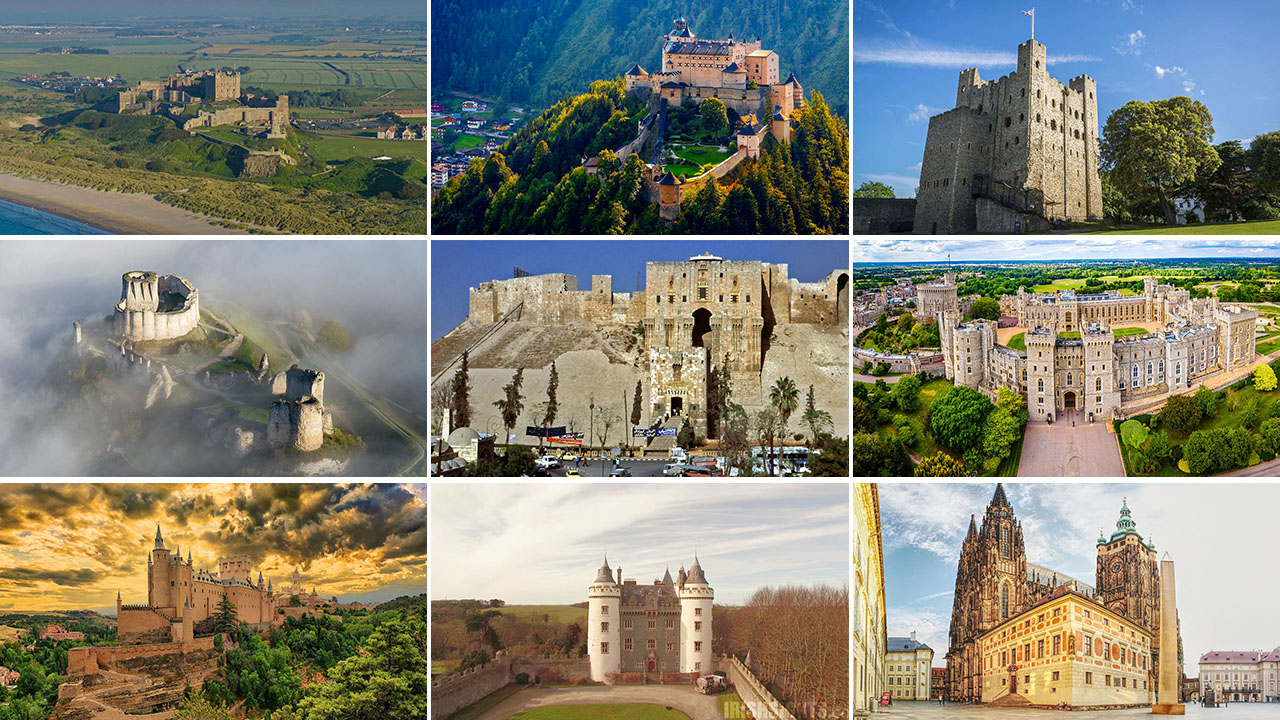
Europe, with its rich tapestry of history and culture, is home to some of the world's most iconic and awe-inspiring historical buildings. From medieval castles to Renaissance palaces, each structure tells a story of bygone eras. Here's a curated list of the top 11 must-see historical buildings in Europe that promise to transport you through time.
1. The Colosseum, Rome, Italy: Ancient Grandeur

An epitome of ancient Roman engineering, the Colosseum stands as an iconic symbol of Rome. Built in the 1st century AD, this colossal amphitheater once hosted gladiatorial contests and public spectacles. Marvel at its architectural brilliance and imagine the roar of the crowd echoing through its ancient walls.
2. The Acropolis, Athens, Greece: Ancient Greek Mastery

Perched atop a rocky hill, the Acropolis is a testament to ancient Greek civilization. Dominated by the Parthenon, this UNESCO World Heritage Site offers a glimpse into the architectural prowess of the Greeks. Explore the Propylaea, the Erechtheion, and other structures that narrate the glory of Athens in the 5th century BC.
3. Versailles Palace, Versailles, France: Opulent Elegance
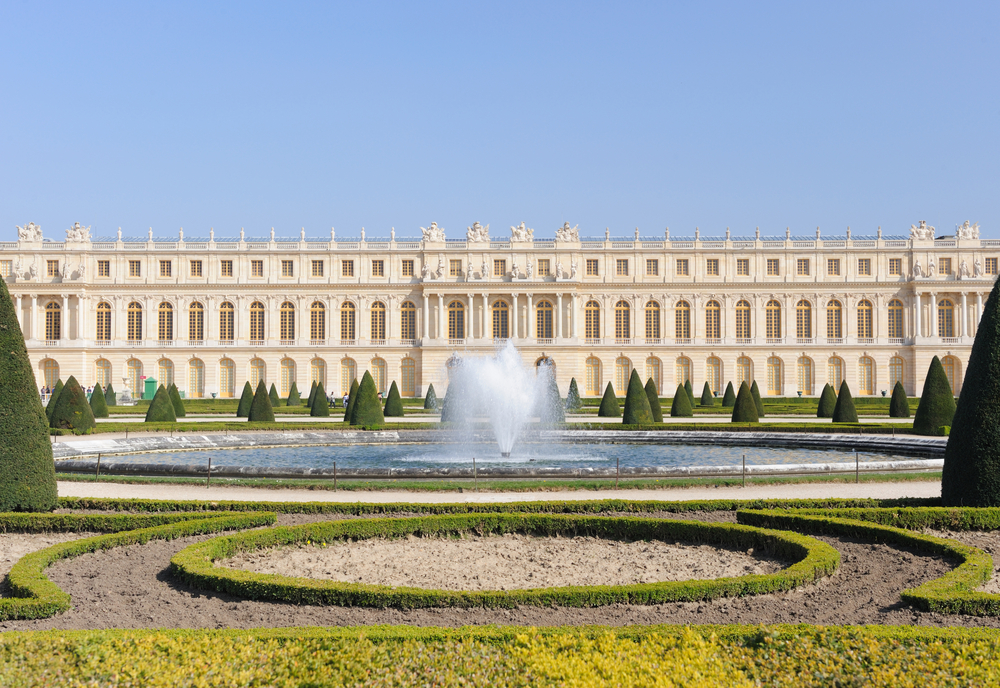
A masterpiece of French Baroque architecture, the Palace of Versailles is a symbol of royal extravagance. Built by Louis XIV, the Sun King, the palace boasts lavish halls, exquisite gardens, and the Hall of Mirrors. It stands as a testament to the grandeur of the French monarchy.
4. Tower of London, London, England: Medieval Fortress

Steeped in history, the Tower of London has served as a fortress, royal palace, and prison. Dating back to the Norman Conquest, this iconic structure houses the Crown Jewels and has witnessed pivotal moments in English history. Explore its medieval architecture and the White Tower, built by William the Conqueror.
5. The Alhambra, Granada, Spain: Moorish Splendor
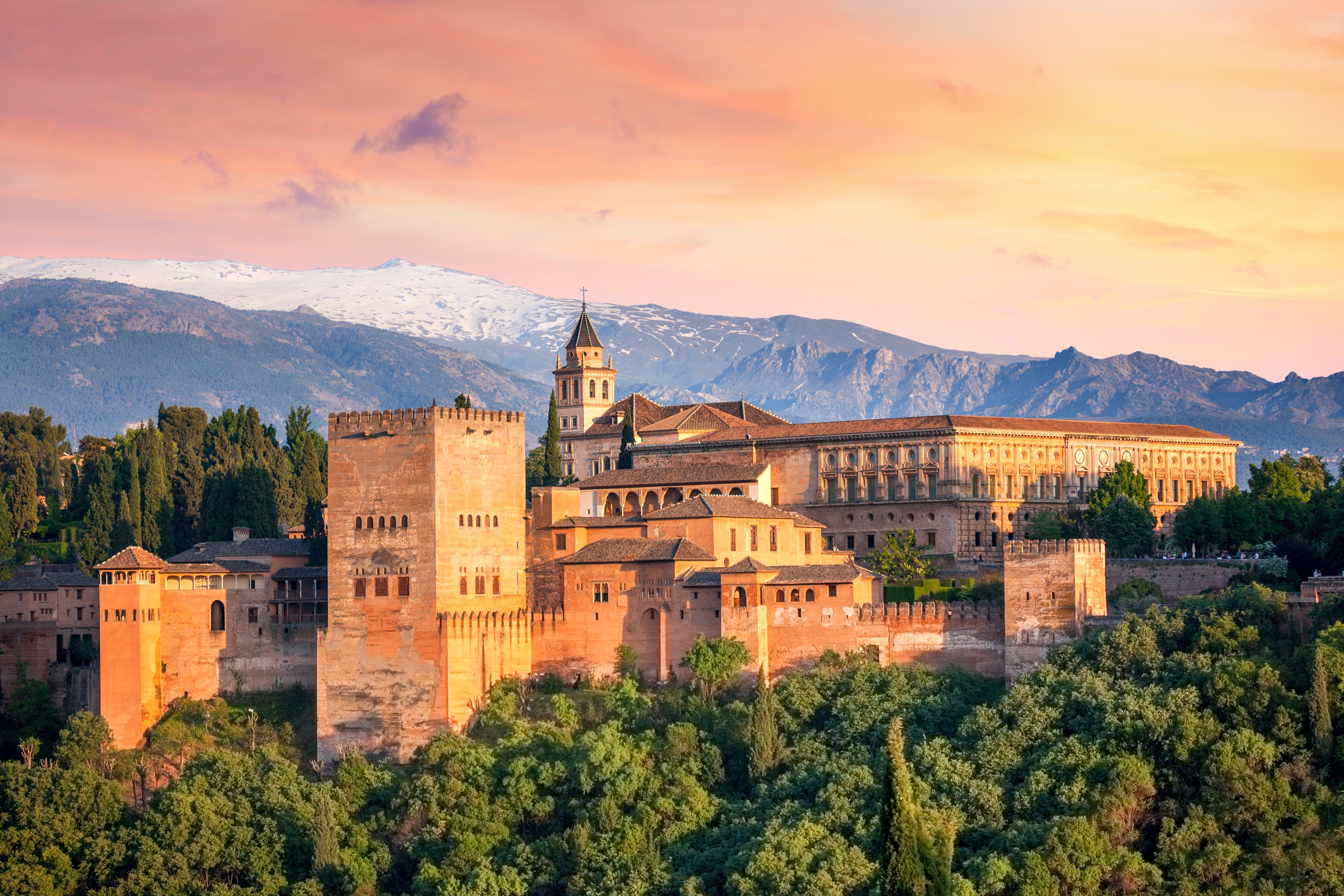
A masterpiece of Moorish architecture, the Alhambra is a palace and fortress complex in Granada. Dating back to the 13th century, its intricate tilework, delicate arches, and serene courtyards showcase the artistic achievements of Islamic Spain during the Nasrid Dynasty.
6. The Vatican City, Rome, Italy: Spiritual Magnificence
Home to St. Peter's Basilica and the Sistine Chapel, the Vatican City is a spiritual and artistic hub. St. Peter's Basilica, with its grand dome and intricate façade, is a Renaissance marvel, while the Sistine Chapel, adorned with Michelangelo's masterpieces, is a testament to artistic brilliance.
7. Edinburgh Castle, Edinburgh, Scotland: Scottish Stronghold

Perched on Castle Rock, Edinburgh Castle has played a central role in Scotland's history. From medieval battles to royal ceremonies, its stone walls echo with tales of the past. Explore the Crown Jewels, the Stone of Destiny, and panoramic views of the city from this historic stronghold.
8. Cologne Cathedral, Cologne, Germany: Gothic Majesty

A masterpiece of Gothic architecture, Cologne Cathedral dominates the city skyline. With its soaring spires and intricate stained glass windows, this cathedral is a symbol of faith and architectural brilliance. Climb to the top for panoramic views of the Rhine River and the city below.
9. The Louvre, Paris, France: Artistic Legacy

Originally a royal palace, the Louvre is now the world's largest art museum. Housing iconic works like the Mona Lisa and the Venus de Milo, the Louvre is a testament to the evolution of art and culture. Explore its grand galleries and admire the fusion of medieval and modern architecture.
10. Neuschwanstein Castle, Bavaria, Germany: Fairytale Fantasy

Perched on a hill in Bavaria, Neuschwanstein Castle is the epitome of fairytale architecture. Commissioned by Ludwig II of Bavaria, this romantic castle offers breathtaking views of the surrounding landscapes. Its turrets, spires, and ornate interiors inspired Disney's Sleeping Beauty Castle.
11. Prague Castle, Prague, Czech Republic: Bohemian Elegance

Overlooking the city of Prague, Prague Castle is a complex of palaces, churches, and courtyards. With a history dating back to the 9th century, it's one of the largest castle complexes in the world. Explore St. Vitus Cathedral, Golden Lane, and the historic Old Royal Palace within its sprawling grounds.
Conclusion
These historical buildings in Europe are not just architectural marvels; they are portals to the past, allowing visitors to immerse themselves in the grandeur, struggles, and triumphs of bygone eras. Each structure tells a unique story, contributing to the rich cultural tapestry that defines Europe's historical legacy.
FAQs
Q. What is the best time to visit the Acropolis in Athens?
Ans: The best time to visit the Acropolis is during the spring or fall when the weather is mild, and crowds are smaller.
Q. Can you enter St. Peter's Basilica in the Vatican City for free?
Ans: Yes, entry to St. Peter's Basilica is free, but there may be a queue. Entrance to the Vatican Museums, including the Sistine Chapel, requires a ticket.
Q. Is Neuschwanstein Castle open to the public?
Ans: Yes, Neuschwanstein Castle is open to the public, and guided tours are available. It's advisable to book tickets in advance, especially during peak tourist seasons.
Q. What is the significance of the Tower of London?
Ans: The Tower of London has served as a royal palace, prison, and treasury. It holds historical significance and houses the Crown Jewels.
Q. Can visitors explore the Louvre in Paris independently?
Ans: Yes, visitors can explore the Louvre independently. It's recommended to plan ahead, as the museum is vast, and certain artworks may require advance booking.
.

